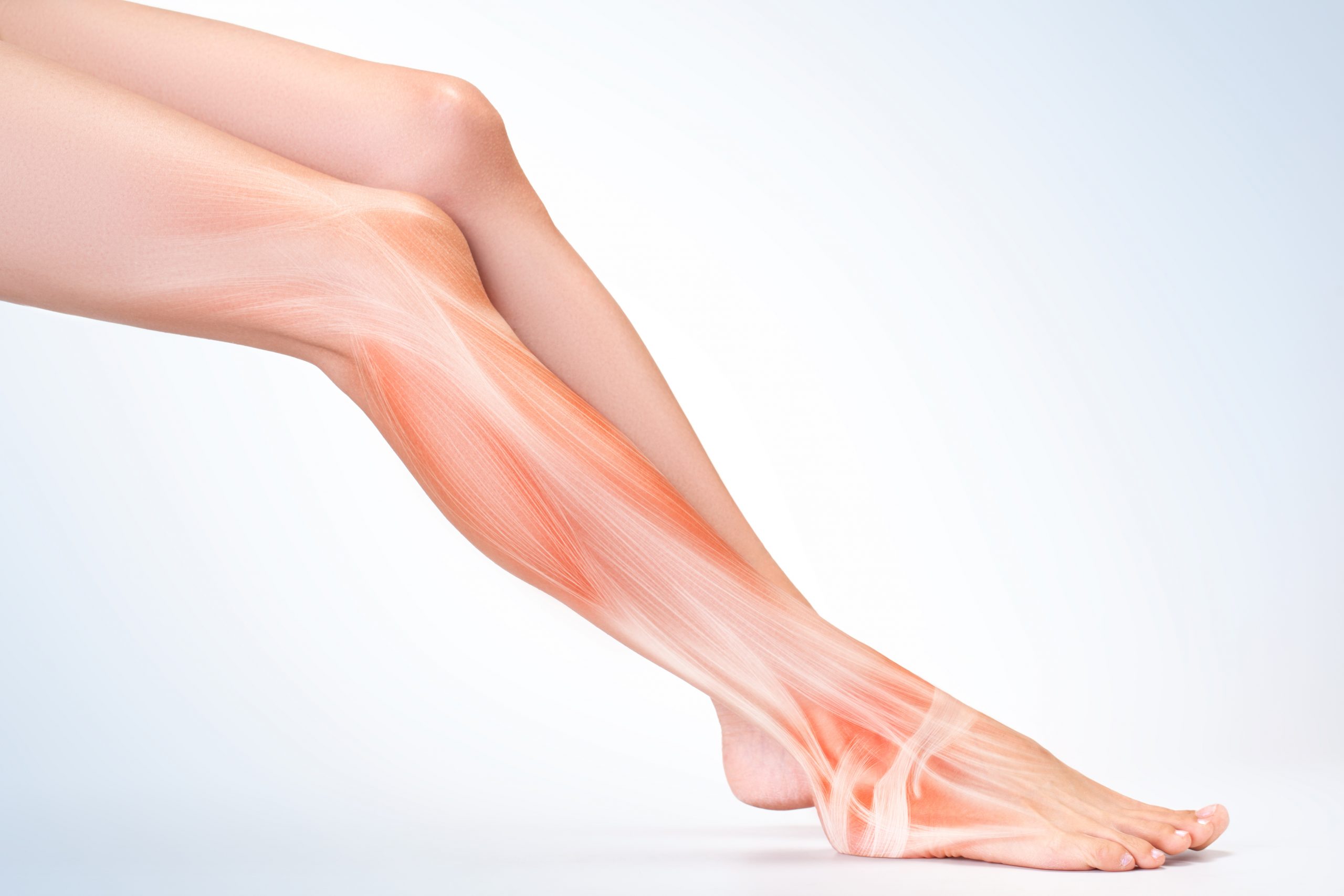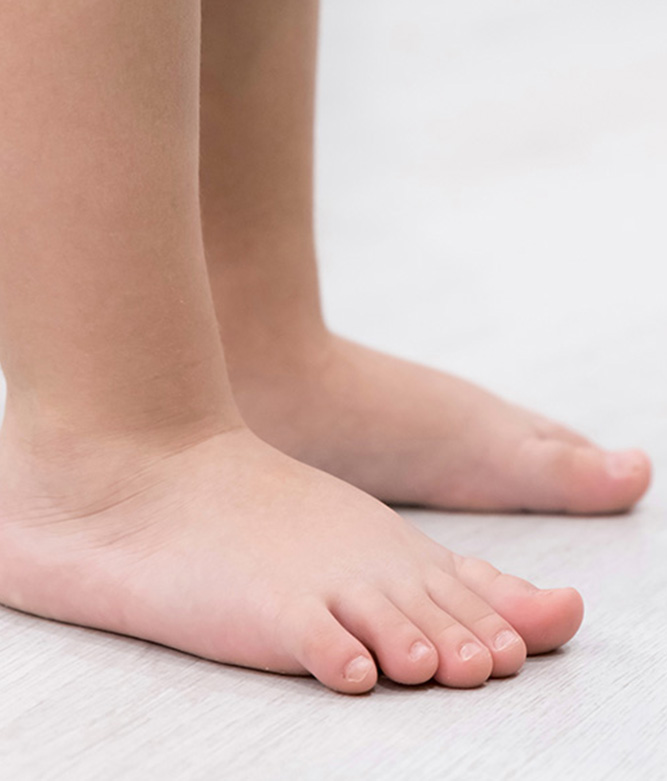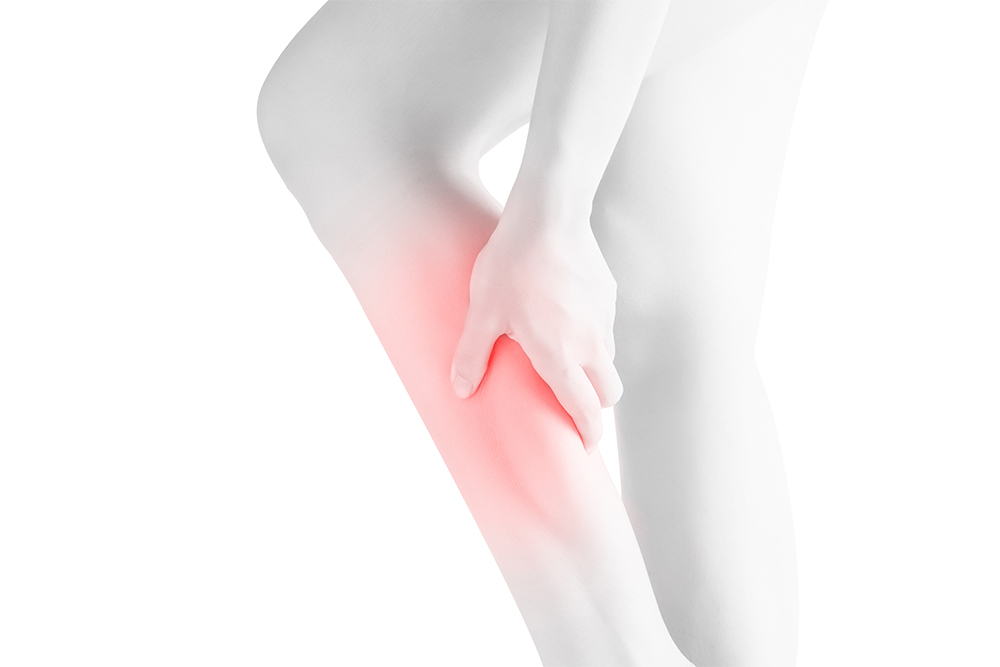
 Every muscle in your lower leg is positioned within one of four ‘compartments’. Each compartment is enclosed by a connective tissue (fascia) sheath – just picture how the flesh of a mandarin is enclosed to form pieces – it’s a similar principle. Keeping your muscles grouped within these compartments, along with nerves and blood vessels, not only helps keep the structures in the right place but also optimises your movement as many of these muscles will work together.
Every muscle in your lower leg is positioned within one of four ‘compartments’. Each compartment is enclosed by a connective tissue (fascia) sheath – just picture how the flesh of a mandarin is enclosed to form pieces – it’s a similar principle. Keeping your muscles grouped within these compartments, along with nerves and blood vessels, not only helps keep the structures in the right place but also optimises your movement as many of these muscles will work together.
Unfortunately, when events like muscle swelling or bleeding occur within the compartment, there is little extra room for expansion, resulting in increased pressure within the compartment. This pressure doesn’t just cause pain and discomfort but can compress the nerves and blood vessels, leading to a series of problems. This is compartment syndrome.
Acute Compartment Syndrome
 Acute compartment syndrome is the first of two types of compartment syndrome that you can develop. This type tends to be more serious, with more severe consequences on the lower limbs, and often requires emergency care – so please be careful and consult your doctor or podiatrist immediately if you suspect that you may currently be experiencing this.
Acute compartment syndrome is the first of two types of compartment syndrome that you can develop. This type tends to be more serious, with more severe consequences on the lower limbs, and often requires emergency care – so please be careful and consult your doctor or podiatrist immediately if you suspect that you may currently be experiencing this.
Acute compartment syndrome is caused by trauma or injury. We’ve most commonly seen it following a car accident, or a severe sporting injury. As a result of trauma to the lower leg – whether it’s to the muscle or the bone – bleeding occurs in the muscle compartment which quickly takes up the little space available as it cannot be effectively cleared from within the compartment. This causes the pressure within the compartment to rise quickly, which can compress the nerves and arteries while causing extreme pain. Compressed nerves can cause muscle weakness, dysfunction and changes to sensation. Compressed arteries mean blood and oxygen can’t get to the cells, which may lead to cell death if not treated. This is why it is considered a medical emergency – to help prevent permanent damage.
Chronic Exertional Compartment Syndrome
Chronic exertional compartment syndrome (CECS) is the second type and is much more common. While it’s not considered a medical emergency, you may be prone to developing it repetitively, and hence treatment is recommended to help with prevention.
CECS tends to come on as a result of strenuous exercise. With increased blood flow during use, the increase in muscle size can cause a temporary but painful increase in pressure within a compartment. CECS can affect one or both legs but tends to affect your leading leg (the leg you tend to step up with and so is placed under greater stress comparatively) and most often affects the anterior (front) compartment of the leg, leaving many people mistaking the problem for shin splints or wondering if they have a stress fracture. A key characteristic we look for when diagnosing CECS is when it starts – which we’d expect to occur approximately 30 mins into relatively strenuous exercise like running.
The pain will tend to increase as you exercise, and may get to a level that forces you to stop activity entirely. You may experience some numbness, tingling, pins & needles or burning sensations if a nerve is being affected – and your foot may feel weak with difficulty pointing your toes towards the sky. The good news with CECS is that the symptoms do tend to settle after some time after the exercise is finished and blood flow returns to a normal resting rate.
Treating Compartment Syndrome
While acute compartment syndrome requires urgent care like surgery to relieve the pressure within the compartment and help prevent any permanent damage, chronic compartment syndrome can be managed and prevented by addressing all the causative factors. This is assessed by our team on an entirely case-by-case basis and involves a thorough examination of your foot & leg biomechanics, your gait, your training schedule and habits, and your footwear. We may use:
- Adjustments to your training schedule or technique – including changes to the surface you predominantly run on (where applicable)
- Gait retraining
- Custom foot orthotics to alter the function of the muscles of the feet and legs, and hence the strain on them and the way they are used
- Footwear assessment – to ensure your shoes are supporting healthy foot function and not making you vulnerable to CECS
Before you can get in to see your podiatrist, we recommend ceasing any activities that are causing the onset of symptoms.





